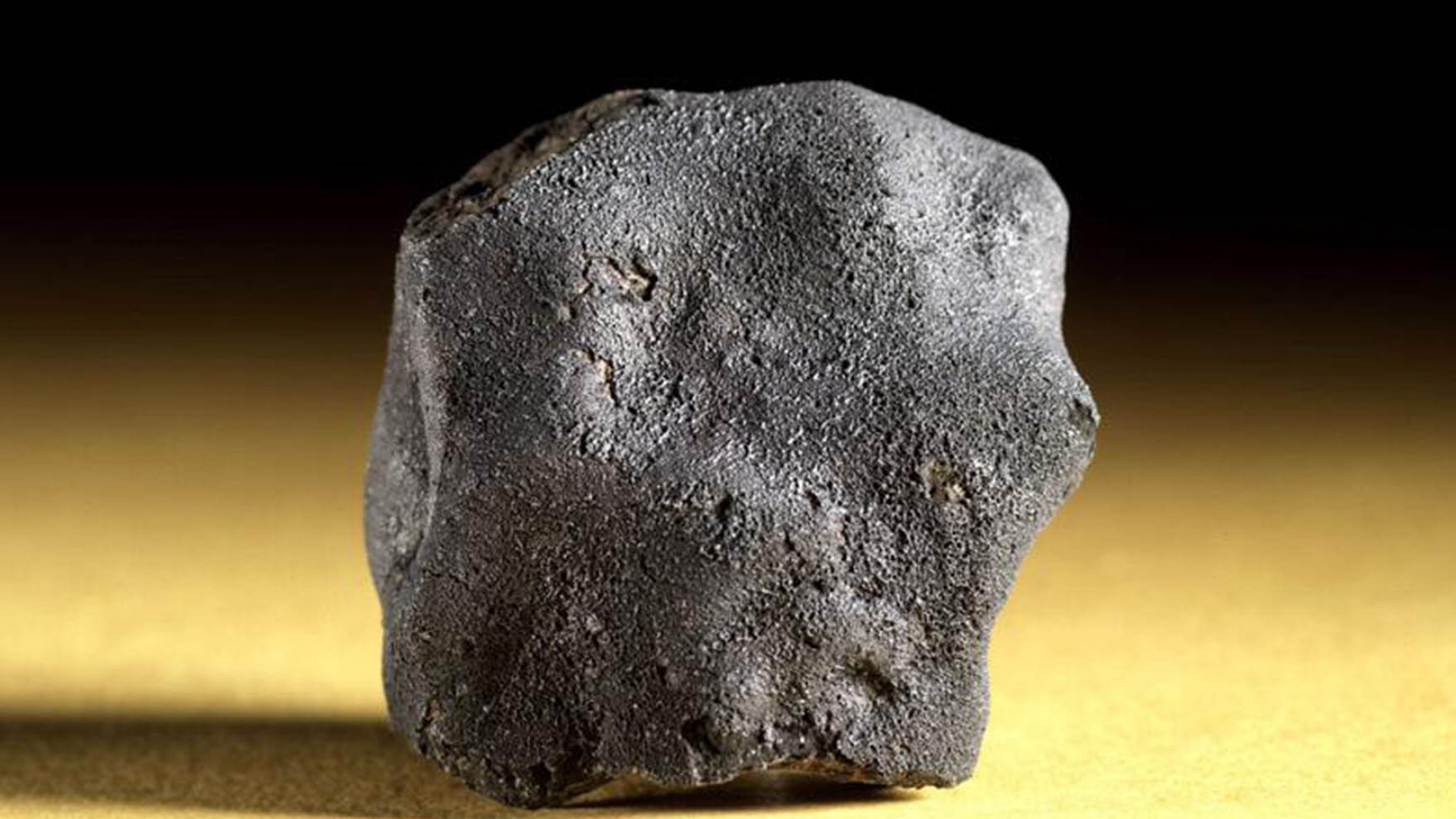ROM holds one of the rarest meteorites found on Earth
On January 18th, 2000, the Tagish Lake meteorite fell in northern British Columbia at approximately 8:43 a.m. local time. It produced a remarkable fireball as it streaked across the dawn sky, an event that was witnessed as far away as Whitehorse, Yukon. A week later, as local resident Jim Brook was returning to his hunting lodge on the Taku Arm of Tagish Lake, he noticed pieces of blackened debris on the lake's frozen surface
Brook correctly guessed them to be pieces of the recently witnessed fall and set about collecting them. In all, he recovered approximately 1 kilogram of fragments. Snowfall a few days later blanketed the lake’s surface and ended further recovery. Even more remarkably, Brook made the important decisions to not handle the specimens with bare hands and keep them cold in a freezer.
Since the meteorites fell in winter onto a frozen surface, there is some possibility that they may still contain frozen liquid and gaseous components from outer space. If so, this would be the first time that such samples were available for study.
Currently the Tagish Lake meteorite is classified as a CI2, which places it in one of the rarest classes of meteorites known. It contains minerals and carbon-based chemical compounds dating to the beginnings of the solar system. It also contains what may be material from another star. Tagish Lake has an abundance of so called “nano diamonds,” microscopic diamond crystals that may have formed in another star which predated our solar system. This star would have undergone a super-nova event, scattering these particles into the cloud of gas and dust from which our solar system formed.

